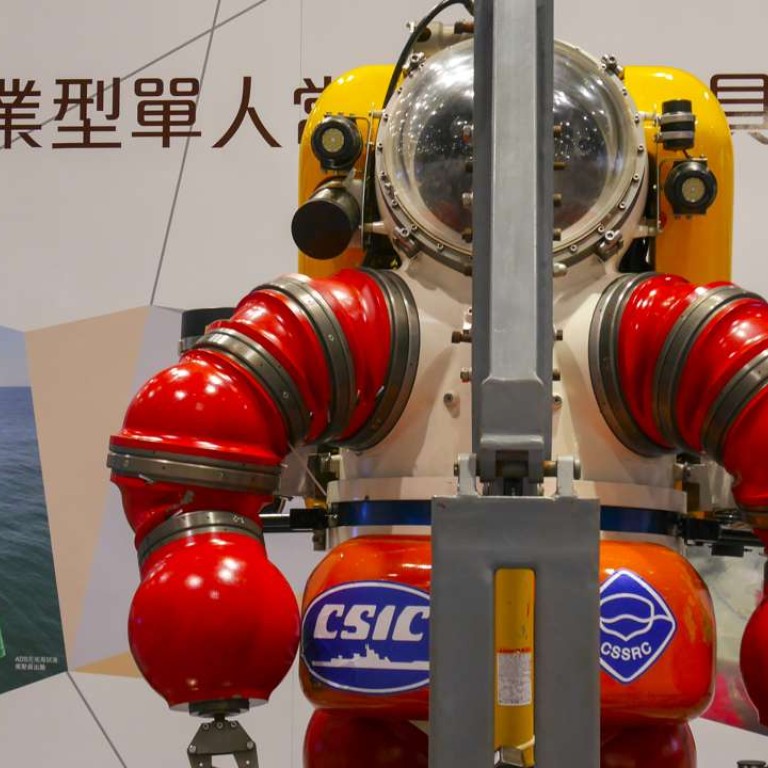
Rush for resources drives China’s ‘three-deep’ science quest
Beijing has made it its mission to go deeper on land and sea or farther into space than was thought possible
China’s growing demand for scarce land and resources are just two reasons why it is pushing ahead with its space programme.
The Ministry of Land and Resources’ new five-year programme released last month identified deep space exploration as one of its “three-deep” strategies to help secure the country’s resources needs – the other two being deep-sea and deep-underground exploration.
China will have 27 satellites for terrestrial surveying and scientific research by 2020.
The spacecraft will play major roles in land management, mineral deposit exploration and disaster relief.
More than 90 per cent of the remote sensing satellites should be domestically produced, the ministry said in the plan.
With the help of the satellites, Beijing will be able to set up a cloud platform for global geographical data, which will provide information support for China’s economic and defence work as well as the “One Belt, One Road” initiative.
A broader space programme also involves exploring the moon and Mars as well as pushing forward China’s manned space projects.
In the underground field, China will be able to mine from 2km beneath the ground and detect mineral deposits located at a depth of 3km by 2020. The country will also explore oil and natural gas located at between 6.5km and 10km underground.
The tasks require scientists to make a number of high-tech breakthroughs including high-precision sensors and data-mining software, according to the five-year plan.
To tackle the lack of urban space, geologists will study major cities’ land structure to prepare for the development of an underground world.
In terms of deep-sea exploration, China will develop a submersible that can dive to 11,000 metres by 2020.
This is slightly more than the deepest known point in the seabed, the Challenger Deep in the Mariana
Trench near Guam. Currently, China’s deep-sea diving record is held by the Jiaolong submersible, which went to a depth of 7km in the Pacific in 2012.
China will also develop the techniques and facilities for extracting gas hydrates, an alternative to liquefied natural gas that are usually found in deep oceans.
To accomplish the “three-deep” objectives, the government is stepping up measures to ensure a steady supply of technical expertise. The ministry has pledged to increase research funding and support international cooperation to boost technological innovation at home.
China is still catching up with developed countries in its “three-deep” technologies, according to the ministry.
The country still trails the US, Japan and Russia in seabed mining technology. Chinese cities had also failed to utilise most of their underground space, the ministry said.

